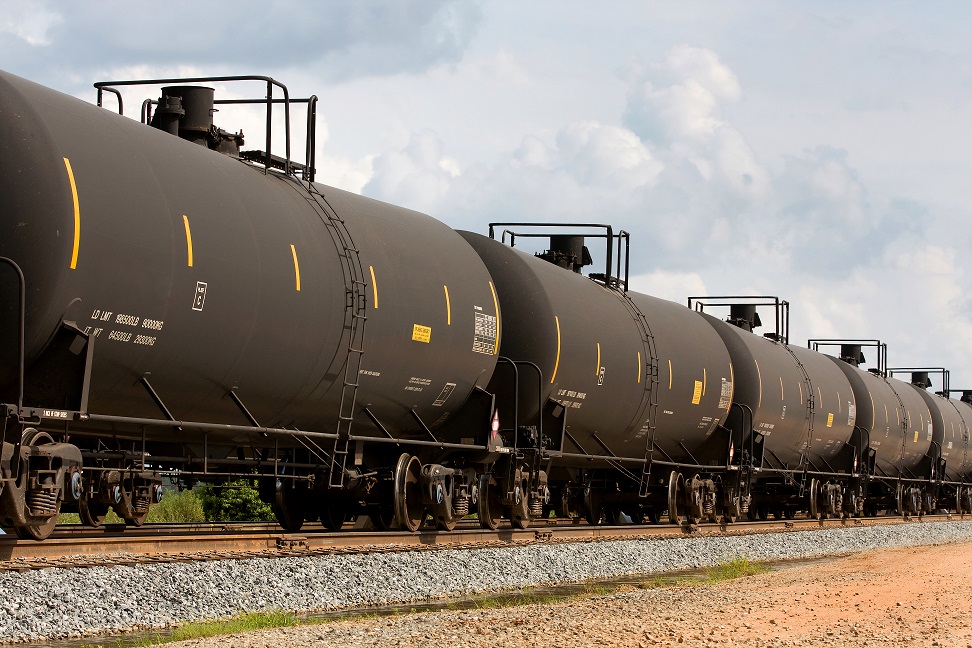(Or, where DOT ended, EPA begins!)
A recurring question often arises when we prepare Spill Prevention, Control and Countermeasure (SPCC) Plans for clients who load or unload tankers, deliver oils to customer locations, or maintain a fleet of tanker trucks or railroad cars that may or may not remain at their facilities for a time. Are these road or rail tankers subject to SPCC requirements when they’re parked at the facility? And so, do we need to count the tanker capacity when determining if the SPCC rule even applies?
The answer is complicated (of course). It requires an understanding of when or if the truck or rail tanker ceases to be “transportation-related” equipment subject to regulation by the Department of Transportation and instead should be considered “non-transportation-related” equipment addressed by the EPA’s Oil Pollution Prevention rules (40 CFR Part 112).
Continue reading “Oil Spill Prevention: Understanding the Memorandum of Understanding”

